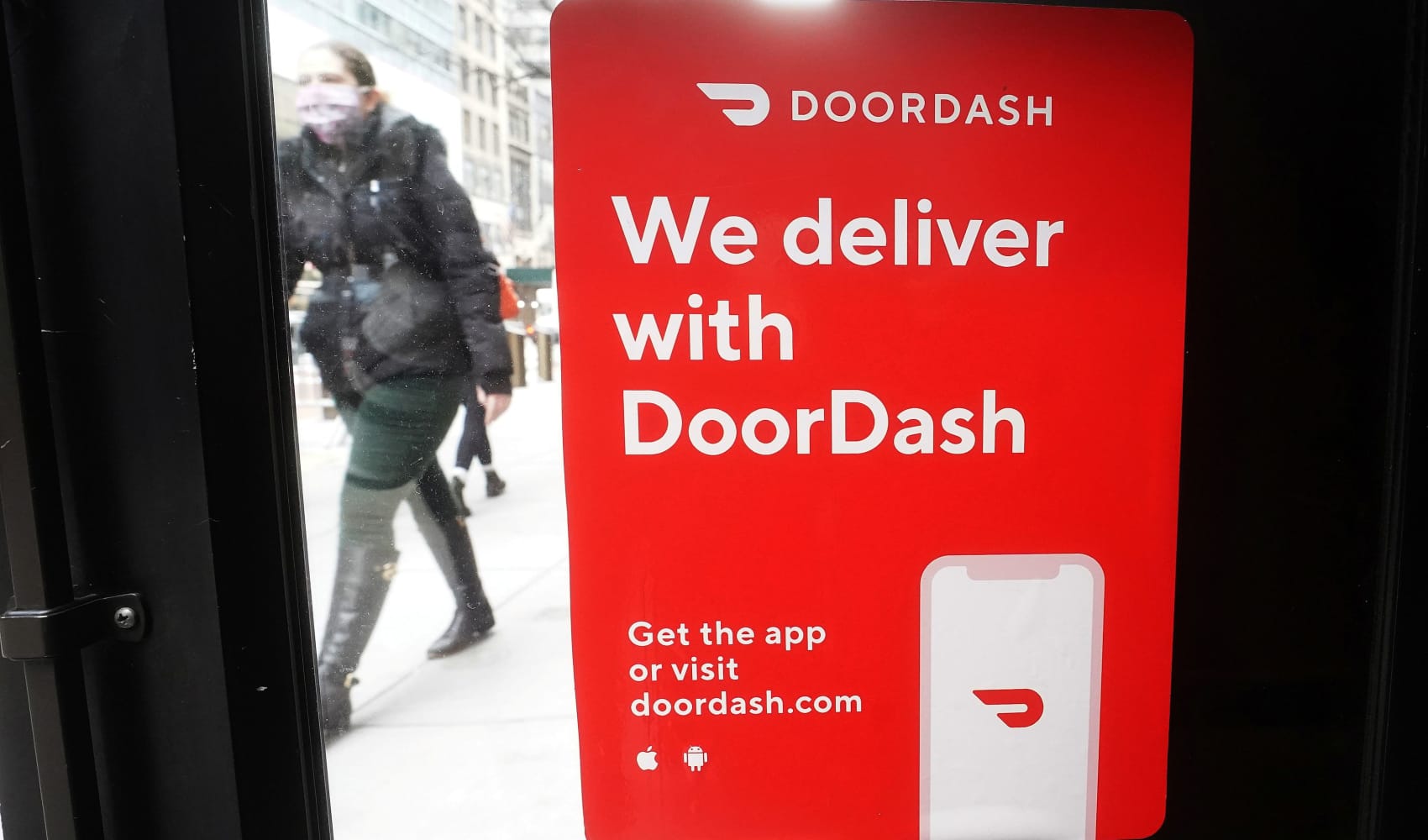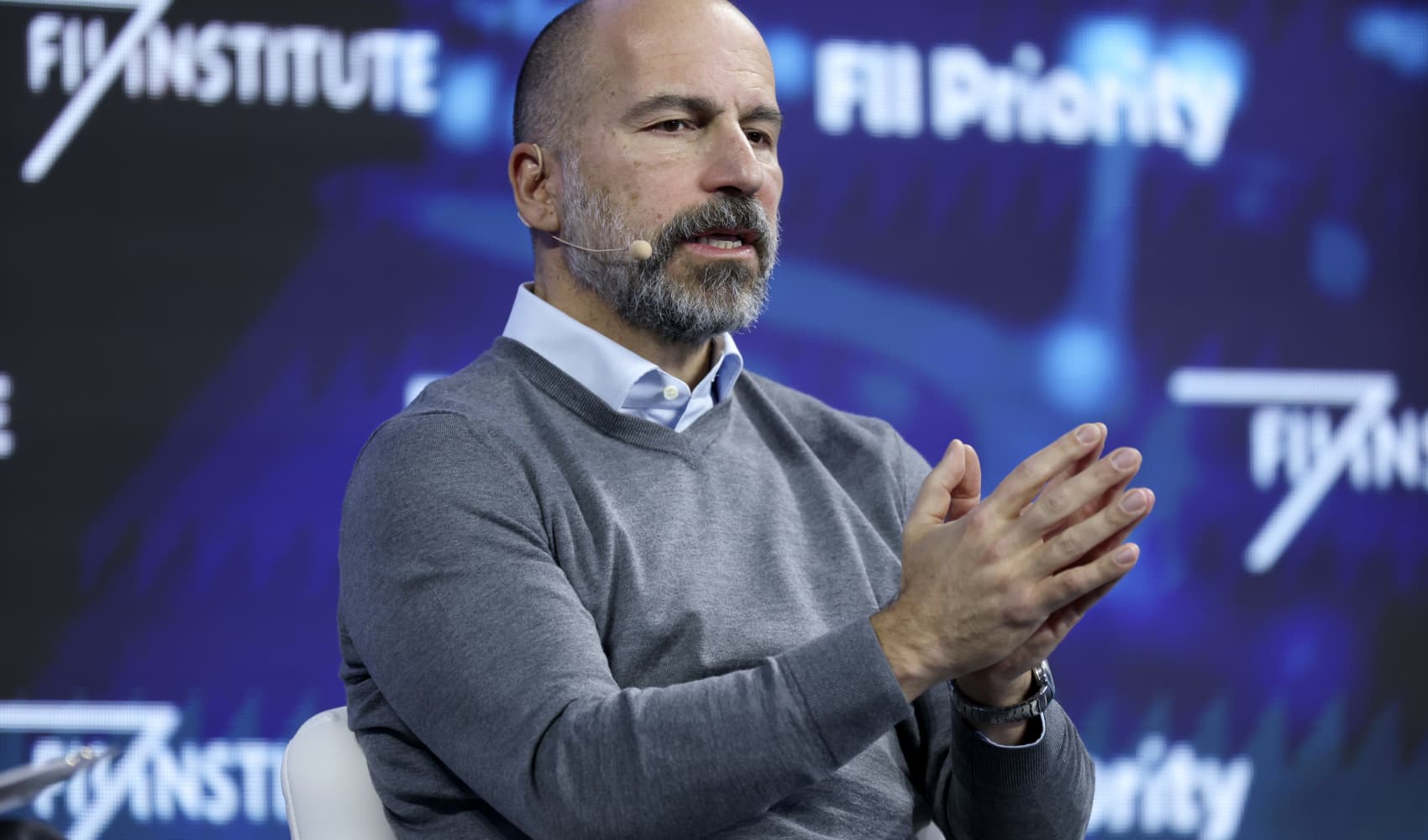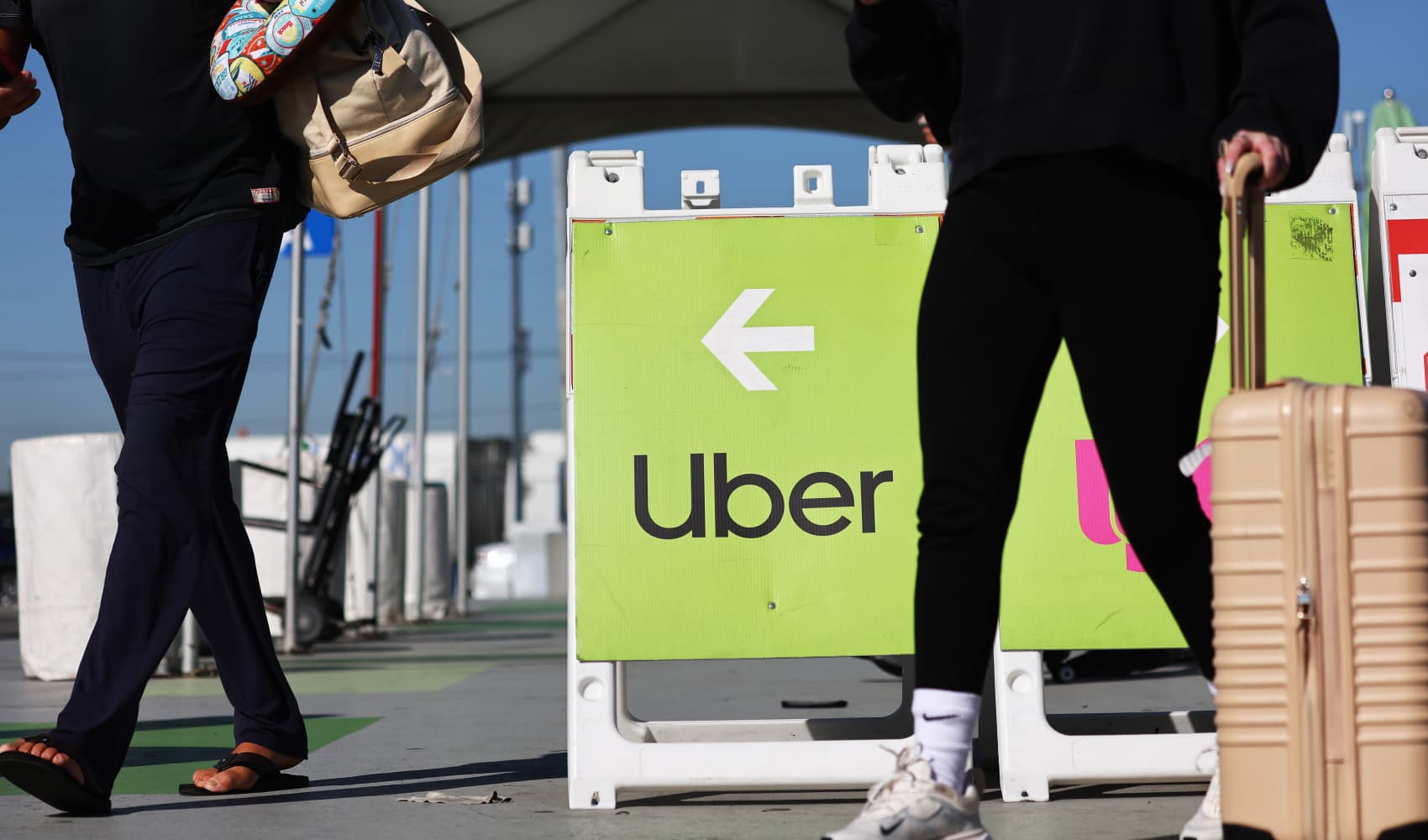DoorDash Buys Deliveroo: $3.9B Takeover & What it Means
DoorDash Devours Deliveroo: A $3.9 Billion Gamble on Global Domination?
Introduction: A Giant Leap Across the Pond
Hold on to your hats, folks! The food delivery wars are heating up, and this time, it’s playing out on an international stage. DoorDash, the American titan of takeout, is making a bold move across the Atlantic. They’re not just dipping their toes in; they’re diving headfirst with a whopping $3.9 billion bid to acquire Deliveroo, the popular British food delivery firm. Is this a strategic masterstroke or a risky roll of the dice? Let’s unpack this deal and see what it means for the future of food delivery.
The Deal: What Exactly is DoorDash Buying?
Deliveroo, a household name in the UK and other parts of Europe, has confirmed that its board has accepted DoorDash's offer. But what are the specific terms? Let’s break it down:
The Offer on the Table
DoorDash is offering 180 pence per share for all issued and to be issued shares of Deliveroo. This means DoorDash will be buying everything – lock, stock, and barrel!
The Valuation: A Cool £2.9 Billion
This offer values Deliveroo at approximately £2.9 billion (or $3.9 billion, depending on the exchange rate at the time). That's a hefty sum, but is it worth it? We’ll explore that later.
A Premium for Shareholders
The 180 pence per share offer represents a significant 44% premium to Deliveroo's closing price on April 4th. This is a sweet deal for Deliveroo shareholders, incentivizing them to accept the offer.
Why Deliveroo? DoorDash's Hunger for Expansion
Why would DoorDash spend billions on a British company? The answer is simple: global domination! DoorDash has been primarily focused on the US market, but they've clearly got their sights set on bigger things.
A Second Bite at Europe
This isn't DoorDash's first foray into Europe. In 2022, they acquired Wolt, a Finnish delivery company. This Deliveroo deal is a signal that they are serious about cracking the European market.
Competition is Fierce
The food delivery market is incredibly competitive. In the US, DoorDash battles with Uber Eats and Grubhub. In Europe, Deliveroo faces competition from Just Eat Takeaway.com and others. This acquisition could give DoorDash the edge they need.
The Benefits for DoorDash: What's in it for Them?
What exactly does DoorDash stand to gain by acquiring Deliveroo?
Instant Market Share
Instead of building a presence from scratch, DoorDash instantly gains a significant market share in the UK and other European countries where Deliveroo operates. That's like jumping to the front of the line!
Established Infrastructure
Deliveroo already has the delivery network, the partnerships with restaurants and grocery stores, and the technology in place. DoorDash doesn't have to reinvent the wheel; they can simply build upon Deliveroo's existing foundation.
Brand Recognition
Deliveroo is a well-known and trusted brand in the UK and other European markets. DoorDash can leverage that brand recognition to attract and retain customers. It’s like having a built-in marketing advantage!
The Challenges for DoorDash: Not All Smooth Sailing
Of course, acquiring Deliveroo isn't a guaranteed success. There are challenges ahead.
Integration Hurdles
Integrating two different companies with different cultures, systems, and processes can be tricky. Will DoorDash be able to seamlessly integrate Deliveroo into its operations?
Regulatory Scrutiny
The deal may face regulatory scrutiny from competition authorities in the UK and Europe. Regulators will want to ensure that the acquisition doesn't stifle competition in the food delivery market.
Cultural Differences
Operating in different markets requires understanding local customs and preferences. DoorDash will need to adapt its approach to succeed in Europe. What works in America might not work in Britain!
What's Next for Deliveroo? A Change of Direction?
What does this acquisition mean for Deliveroo's customers, riders, and restaurant partners?
Potential Changes to the Platform
We might see changes to the Deliveroo app, the menu options, and the delivery fees. DoorDash might introduce new features or services that are popular in the US market.
Impact on Riders and Restaurants
The acquisition could also impact the riders who deliver the food and the restaurants that partner with Deliveroo. There might be changes to the pay structure, the working conditions, or the commission rates.
The Future of Food Delivery in Europe
This deal could reshape the food delivery landscape in Europe. Will DoorDash be able to challenge the dominance of Just Eat Takeaway.com? Only time will tell.
The Broader Implications: More Consolidation on the Horizon?
This acquisition raises questions about the future of the food delivery industry as a whole.
A Sign of Consolidation
The DoorDash-Deliveroo deal could be a sign of further consolidation in the food delivery market. As competition intensifies, we might see more mergers and acquisitions as companies try to gain scale and market share.
A Global Battleground
The food delivery market is becoming increasingly global. Companies are expanding beyond their home markets to compete for customers around the world. This could lead to a battle between global giants like DoorDash, Uber Eats, and Just Eat Takeaway.com.
The Rise of Quick Commerce
The trend towards quick commerce, which involves delivering groceries and other essentials in minutes, is also shaping the food delivery market. Companies are investing heavily in building out their quick commerce capabilities to meet the growing demand for instant gratification.
Consumer Impact: Will This Affect Your Takeout Tuesday?
Ultimately, the success of this acquisition will depend on whether it benefits consumers. Will you see a difference on your next takeaway order?
More Options, Potentially Lower Prices
A stronger DoorDash presence in Europe could lead to more options for consumers, with a wider variety of restaurants and cuisines available for delivery. Increased competition could also drive down prices.
Improved Service and Reliability
DoorDash might invest in improving the delivery service, making it faster, more reliable, and more convenient. Imagine getting your food even quicker!
The Risk of Monopolies
However, there's also a risk that consolidation could lead to fewer choices and higher prices in the long run. It's important for regulators to ensure that the food delivery market remains competitive.
Conclusion: A High-Stakes Game
DoorDash's acquisition of Deliveroo is a bold move that could have a significant impact on the food delivery market. It's a high-stakes game, and the outcome is far from certain. Whether it leads to a better experience for consumers remains to be seen. But one thing is for sure: the food delivery wars are just getting started! This deal isn't just about food; it's about global market share, strategic positioning, and the future of how we get our meals.
Frequently Asked Questions
Here are some frequently asked questions about the DoorDash-Deliveroo deal:
- Q: Will Deliveroo disappear after DoorDash buys it?
A: It's unlikely Deliveroo will completely disappear. DoorDash will likely integrate the two companies, leveraging the Deliveroo brand and infrastructure. However, we might see some changes to the platform over time. - Q: Will this affect Deliveroo riders' pay?
A: The impact on riders' pay is uncertain. DoorDash might change the pay structure, but it's possible they will maintain the existing rates to avoid disrupting the delivery network. Riders should pay close attention to any communication from Deliveroo regarding compensation. - Q: When will the acquisition be finalized?
A: The timeline for finalizing the acquisition depends on regulatory approvals and other factors. It could take several months for the deal to close. Keep an eye on business news for updates. - Q: Will there be fewer restaurants available on Deliveroo after the acquisition?
A: It's unlikely. DoorDash will probably want to maintain a wide selection of restaurants to attract customers. However, there might be some changes to the restaurant partnerships over time. - Q: Will I be able to use my DoorDash app in the UK if this goes through?
A: While immediate changes are unlikely, DoorDash might eventually integrate the platforms in a way that allows DoorDash users to order in the UK via their existing accounts. Stay tuned for future updates on platform integration.




